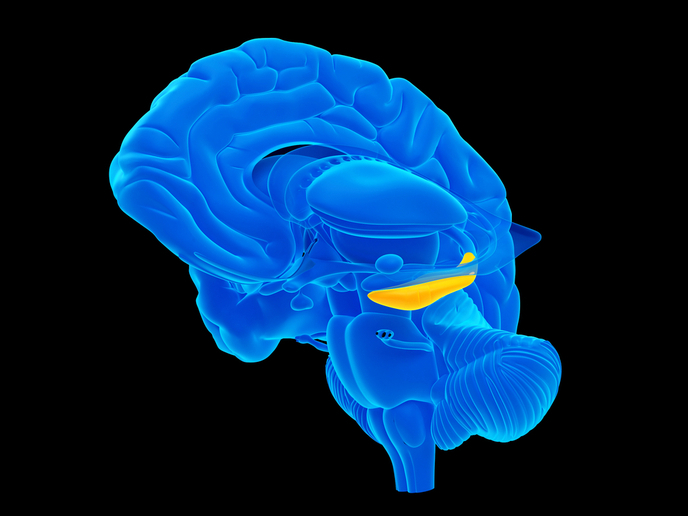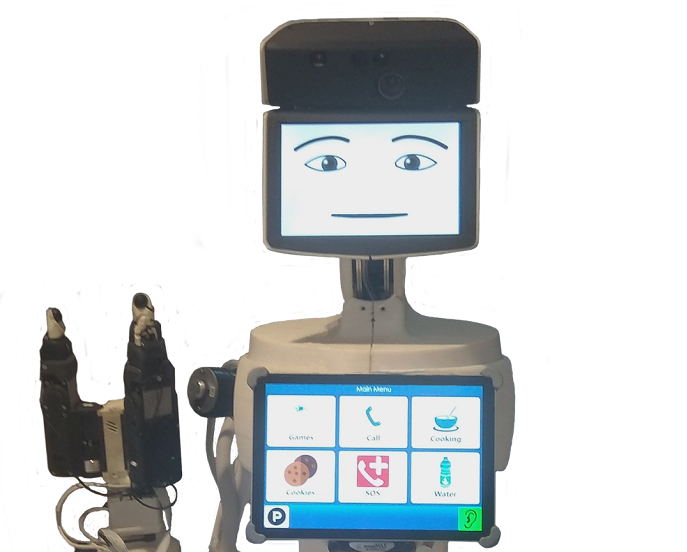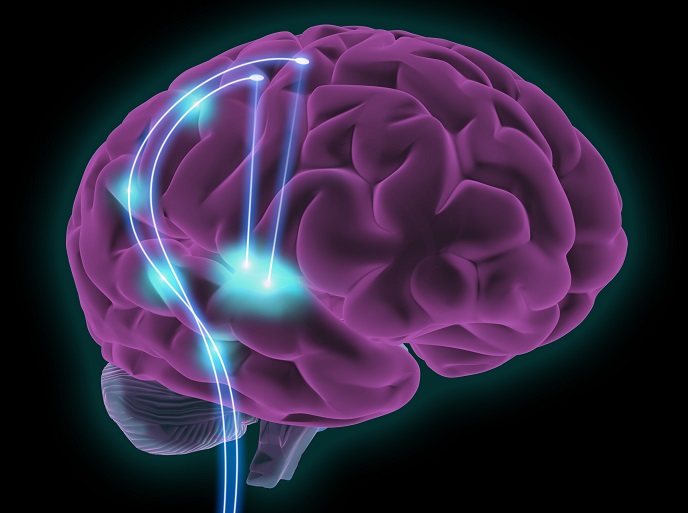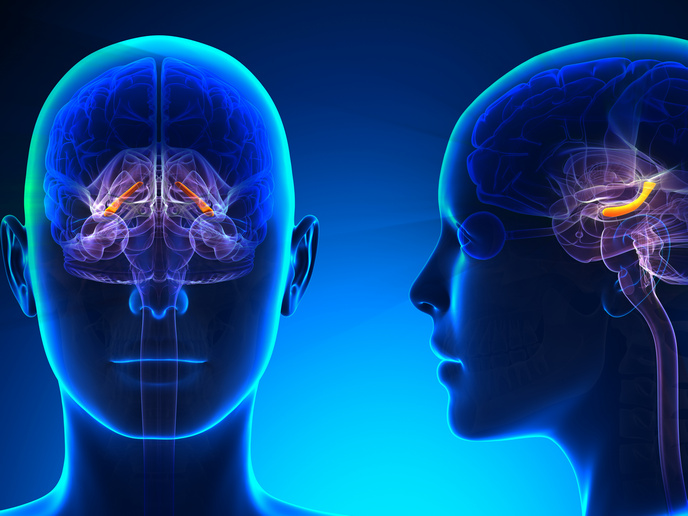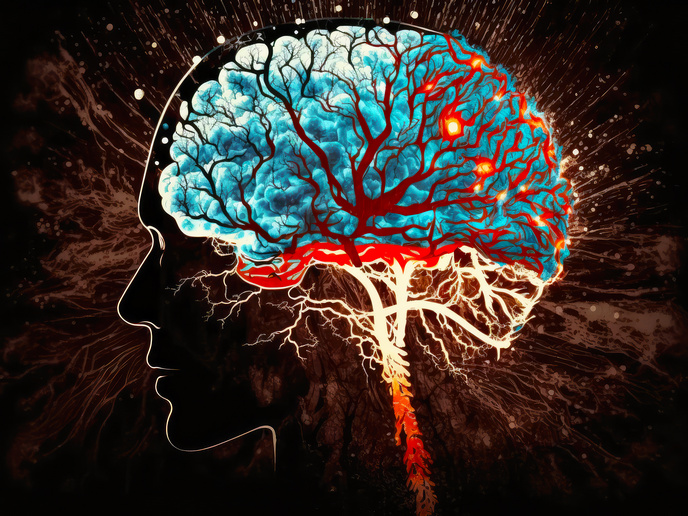Linking memory formation with behaviour
The brain not only stores memories but can retrieve them when needed to drive behaviour. For example, when encountering a person after a long time and their appearance has changed, the brain retrieves old memories while making new ones at the same time. Memory formation takes place at the hippocampus, a complex brain structure in the temporal lobe. It is part of the limbic system, a group of structures involved in the processing and regulation of emotions and memories. Lesions in the hippocampus in humans prevent the acquisition of new memories.
How distinct memory formation guides behavioural decisions
The hippocampus combines sensory inputs mediated by the visual, auditory, tactile and olfactory systems to form contextual memories that link an event with location, timing or emotions. However, the mechanisms by which it encodes memories and uses them to drive behaviour remain unclear. The aim of the FindMEMO project was to delineate how similar stimuli are processed in the hippocampus to drive the formation and storage of distinct memories. The research was undertaken with the support of the Marie Skłodowska-Curie Actions (MSCA) programme and combined imaging and behavioural techniques to study neuronal activity in mice. The team performed experiments using two-photon imaging, a microscopy technique that allows monitoring of the activity of individual neurons deep in mouse brains. The mice used in the study were trained to navigate in a virtual reality environment and detect small differences while receiving an edible reward when stopping at distinct points along the virtual track. “Our experiments allowed us to relate behavioural performance to the activity of neurons in different subregions of the hippocampus,” explains the MSCA research fellow Manuela Allegra who performed the work. Results showed that neurons in the dentate gyrus of mice, the entry station of the hippocampus, become activated in response to small or large changes in the virtual environment. In contrast, the activation of neurons of CA1, the output region of the hippocampus, depends on the degree of contextual differences between the environments. This means that this part of the hippocampus alone can discriminate the virtual environments only if the differences are prominent and adapt behaviour accordingly.
FindMEMO impact
FindMEMO successfully linked the behavioural performance of mice with neuronal responses in the hippocampal input and output structures. From a scientific point of view, this provided fundamental insight into the mechanism of memory formation, clearly underscoring the role of the different regions of the hippocampus. Results have also contributed to a better understanding of the hippocampal neural circuits involved in memory encoding and recall. The hippocampus is one of the affected regions in Alzheimer’s disease, and its dysfunction probably underlies the memory impairment of patients. According to Allegra: “FindMEMO results may have implications for better understanding neurodevelopmental and neurodegenerative disorders.”
Keywords
FindMEMO, hippocampus, memory formation, behaviour, dentate gyrus, CA1, neuronal activity



